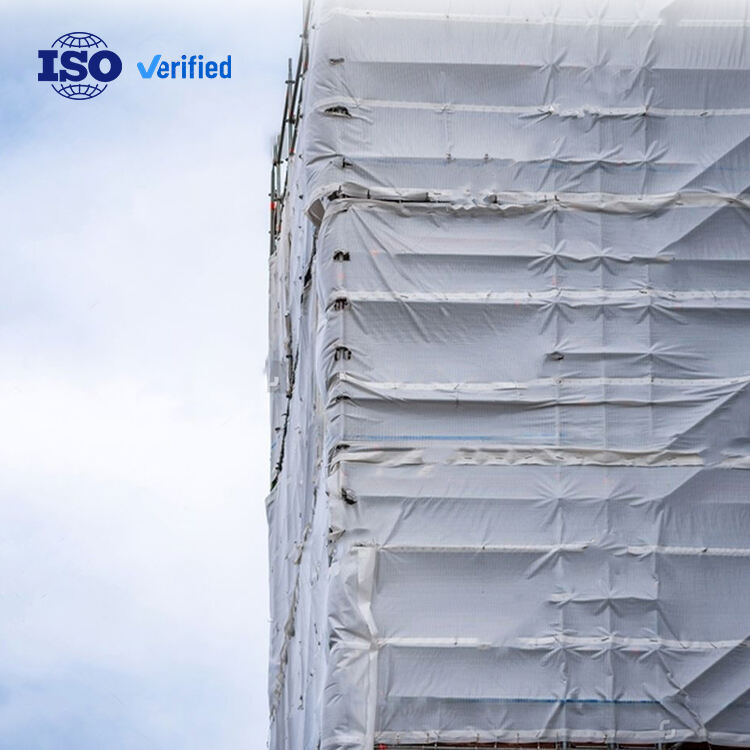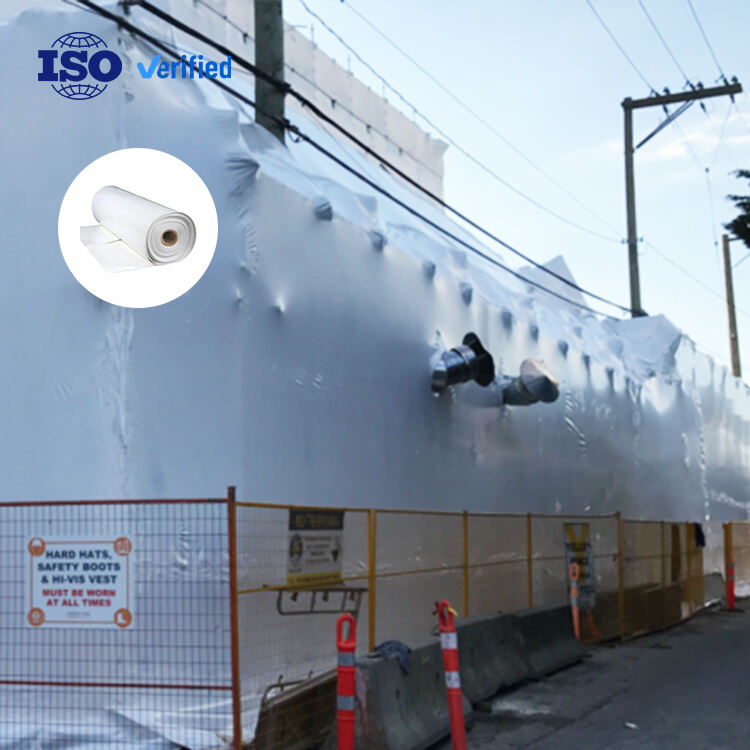Understanding Modern Package Sealing Technologies
In today's packaging industry, choosing the right shrink sealing method can significantly impact both operational efficiency and bottom-line costs. As businesses face increasing pressure to optimize their packaging processes while maintaining sustainability, the debate between heat guns and shrink tunnels has become more relevant than ever. The choice of shrink sealing methods directly affects energy consumption, material usage, and overall production effectiveness.
Manufacturing facilities worldwide are recognizing the critical role that proper sealing technology plays in their packaging operations. Whether handling small-batch productions or high-volume packaging lines, the selection between heat guns and shrink tunnels demands careful consideration of multiple factors, including energy efficiency, film consumption, and operational requirements.
Heat Gun Technology in Package Sealing
Technical Aspects of Heat Gun Operation
Heat guns represent one of the most straightforward shrink sealing methods available in the packaging industry. These handheld devices generate concentrated heat streams that can reach temperatures between 100°F and 1200°F, allowing operators to manually apply heat to shrink film. The technology relies on electrical resistance heating elements and a fan system that directs hot air through a nozzle.
Modern heat guns often come equipped with variable temperature controls and different nozzle attachments, enabling operators to adjust heat output based on specific packaging requirements. This flexibility makes heat guns particularly suitable for diverse packaging applications, though their effectiveness largely depends on operator skill and experience.
Energy Consumption Patterns
When examining energy usage, heat guns typically consume between 1,000 to 2,000 watts of power during operation. However, the actual energy efficiency of heat guns varies significantly based on usage patterns. Since they operate on an on-demand basis, heat guns don't require continuous power consumption like their tunnel counterparts. This can result in lower overall energy usage for small-scale operations or intermittent packaging needs.
The energy efficiency of heat gun operations heavily depends on operator technique and experience. Skilled operators can minimize energy waste by applying heat precisely where needed, while inexperienced users might require multiple passes, leading to increased energy consumption and potential material waste.
Shrink Tunnel Systems Analysis
Advanced Tunnel Technology Features
Shrink tunnels represent the automated approach to package sealing, utilizing conveyor systems and controlled heating chambers. These systems create a uniform heat environment through precisely calibrated heating elements and air circulation systems. Modern shrink tunnels incorporate advanced features such as zone temperature control, adjustable conveyor speeds, and digital monitoring systems.
The technology behind shrink tunnels has evolved to include energy-efficient designs with improved insulation, heat recovery systems, and smart temperature management. These innovations have significantly reduced the energy footprint of tunnel systems compared to earlier generations of the technology.

Operational Efficiency and Output
In terms of production capability, shrink tunnels excel at handling high-volume operations with consistent results. The automated nature of tunnel systems ensures uniform heat distribution and consistent sealing quality across all packages. This standardization reduces material waste and minimizes the need for reprocessing, contributing to overall operational efficiency.
Modern shrink tunnels can process hundreds of packages per hour while maintaining precise temperature control and consistent results. This level of automation not only increases productivity but also reduces labor costs and human error in the packaging process.
Comparative Analysis of Film Consumption
Material Efficiency Metrics
Film consumption represents a significant cost factor in shrink sealing methods. Shrink tunnels typically demonstrate superior film efficiency due to their controlled environment and consistent heat application. The uniform heating process results in optimal film shrinkage with minimal waste, often reducing film consumption by 10-15% compared to manual heat gun operations.
When using heat guns, film waste can occur due to uneven heating, operator fatigue, or inconsistent application techniques. This variability can lead to increased material costs and the need for repackaging products that don't meet quality standards.
Cost Implications of Film Usage
The financial impact of film consumption extends beyond the direct material costs. Efficient film usage affects inventory management, storage requirements, and waste disposal costs. Shrink tunnels often provide better long-term cost efficiency in terms of material usage, particularly for operations with higher production volumes.
However, for small-batch operations, the higher initial investment in tunnel systems might outweigh the material savings. Businesses must carefully evaluate their production volumes and material costs to determine the most cost-effective shrink sealing method for their specific needs.
Energy Efficiency Comparison
Long-term Energy Consumption Analysis
While shrink tunnels may have higher initial energy requirements during startup, their continuous operation often proves more energy-efficient for high-volume production. Modern tunnels incorporate energy-saving features such as automatic standby modes, zone heating, and heat recycling systems that significantly reduce overall energy consumption.
Heat guns, despite their lower individual power ratings, may consume more energy per unit when considering the entire packaging process. The manual nature of heat gun operation often requires longer processing times and multiple passes to achieve proper sealing, potentially leading to higher cumulative energy usage.
Environmental Impact Considerations
The environmental footprint of shrink sealing methods extends beyond direct energy consumption. Tunnel systems' improved efficiency in both energy and material usage often results in a lower overall carbon footprint for high-volume operations. Additionally, modern shrink tunnels often incorporate eco-friendly features such as recyclable components and energy recovery systems.
Heat guns, while potentially suitable for smaller operations, may contribute to increased carbon emissions when used inefficiently or for large-scale production. The environmental impact assessment must consider both direct energy consumption and indirect factors such as material waste and production efficiency.
Frequently Asked Questions
How do maintenance requirements differ between heat guns and shrink tunnels?
Heat guns typically require minimal maintenance, mainly involving regular cleaning and occasional replacement of heating elements. Shrink tunnels need more comprehensive maintenance schedules, including conveyor system upkeep, temperature sensor calibration, and periodic inspection of insulation and heating elements. However, proper maintenance of shrink tunnels often results in longer equipment lifespan and more consistent performance.
What factors should influence the choice between heat guns and shrink tunnels?
The decision should be based on production volume, available space, budget constraints, and specific packaging requirements. Heat guns are ideal for small-batch operations, product customization, and businesses with limited space or budget. Shrink tunnels are better suited for high-volume production, standardized packaging needs, and operations requiring consistent quality output.
Can both methods be used together in a packaging operation?
Yes, many facilities successfully implement both shrink sealing methods to handle different packaging requirements. Shrink tunnels can manage the bulk of high-volume production while heat guns provide flexibility for custom orders, repairs, or specialized packaging needs. This hybrid approach offers maximum versatility in packaging operations.

